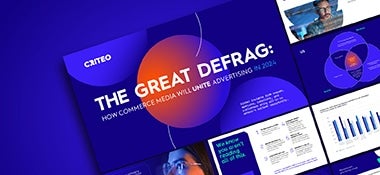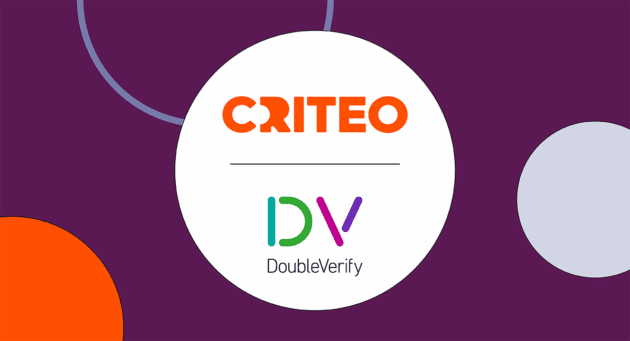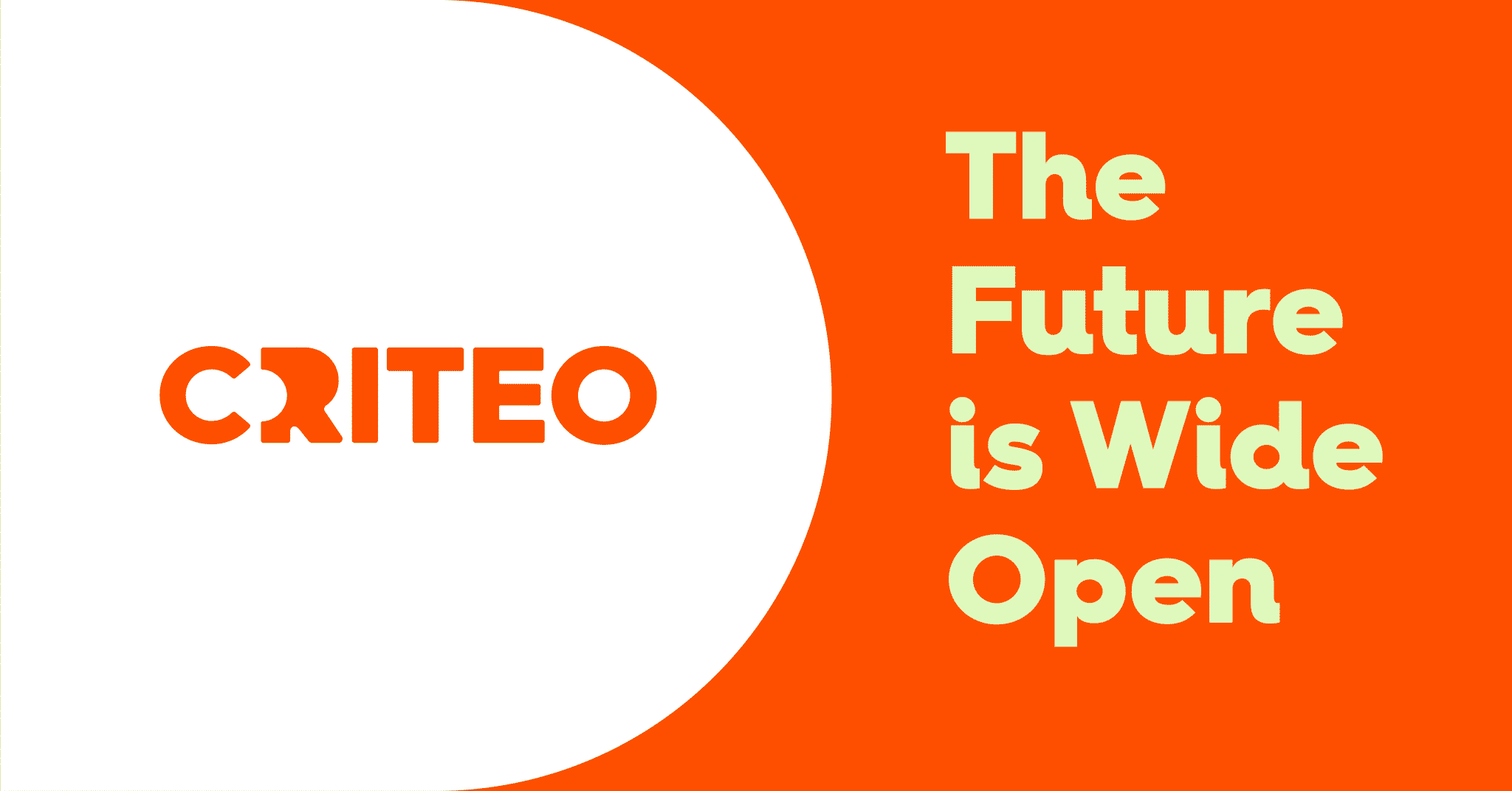You have an ad budget. You know you want to target a certain group of potential shoppers. But you’re not sure where to start. Finding the best potential customer is usually about understanding her behavior. Behavioral targeting is a way to segment and reach audiences by actions like websites visited, past purchases, and links clicked. Ultimately, this kind of targeting helps create more personalized ad experiences throughout the shopper journey, building a better relationship with customers and driving higher ROI.
So, what is behavioral targeting?
Behavioral targeting (aka audience targeting) is the practice of segmenting customers based on web browsing behavior, including things like pages visited, searches performed, links clicked, and products purchased. If you add mobile and physical store data into the mix, that can also include things like location, and in-store purchases.
Visitors with similar behaviors are then grouped into defined audience segments, allowing advertisers to target them with specific, relevant ads and content based on their browsing and purchase history. All of this has to do with collecting and activating data, either from your own customer data sets or a third party partner.
What are the benefits?
Prior to behavioral targeting, marketers had to rely on demographic and psychographic targeting to deliver their message to broad groups based on things like gender, age, and income. For those focused on ROI, the clear benefit of behavioral targeting is that marketers no longer need to waste time and resources on a broad audience where only some will be interested in what they’re offering.
Instead, you can target only those that have already expressed interest in you and your products, and who are much more likely to respond to your message. It’s a more efficient use of your marketing budget, delivering a much better ROI.
Behavioral targeting also enables marketers to segment audiences in a variety of ways, from specific products viewed to different phases in the shopping journey. This tactic can also be used to optimize the onsite experience to improve conversions, including things like personalizing content and offers based on a visitor’s location or browsing behaviors.
What does it have to do with retargeting?
Behavioral targeting is often referred to as “behavioral advertising” or “online behavioral advertising”. One of the most popular behavioral advertising tactics is retargeting, which serves ads to site visitors after they have left your site and browse elsewhere. Retargeting uses behavioral targeting to deliver the right message to the right people. Which is sometimes why you might see it called “behavioral retargeting”. At the most basic level, retargeting shows ads featuring the product most recently viewed. More advanced retargeting includes product recommendations and dynamic creative tailored to each shopper’s preferences.
Predictive targeting—the next evolution of behavioral targeting
Behavioral targeting is actually old news. The new(er) kid on the block now is a technique called predictive targeting (aka predictive advertising, or predictive marketing). Predictive marketing uses all of the web browsing data from behavioral targeting, layers in 3rd party data (if available), and applies powerful AI and machine learning to analyze the data and predict future buying patterns based on past behaviors.
A Forrester report says that 66% marketers worldwide say their customer and marketing data comes from too many sources to make sense of it. This is why predictive targeting is the way of the future. The AI that powers predictive targeting can make connections between behaviors, identify similar and related products for upselling and cross-selling, and zero in on the shoppers most likely to convert at any given time—all in an instant. And the more data it analyzes, the more it learns and the better its models become.
Most companies don’t have the AI necessary to make this kind of marketing a reality. Which is why they’re partnering with companies like Criteo, that offer custom built, AI-powered technology made just for commerce. To learn more, visit our Criteo Ad Tech Explained hub.














